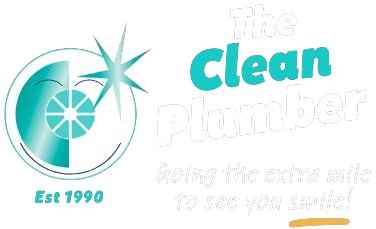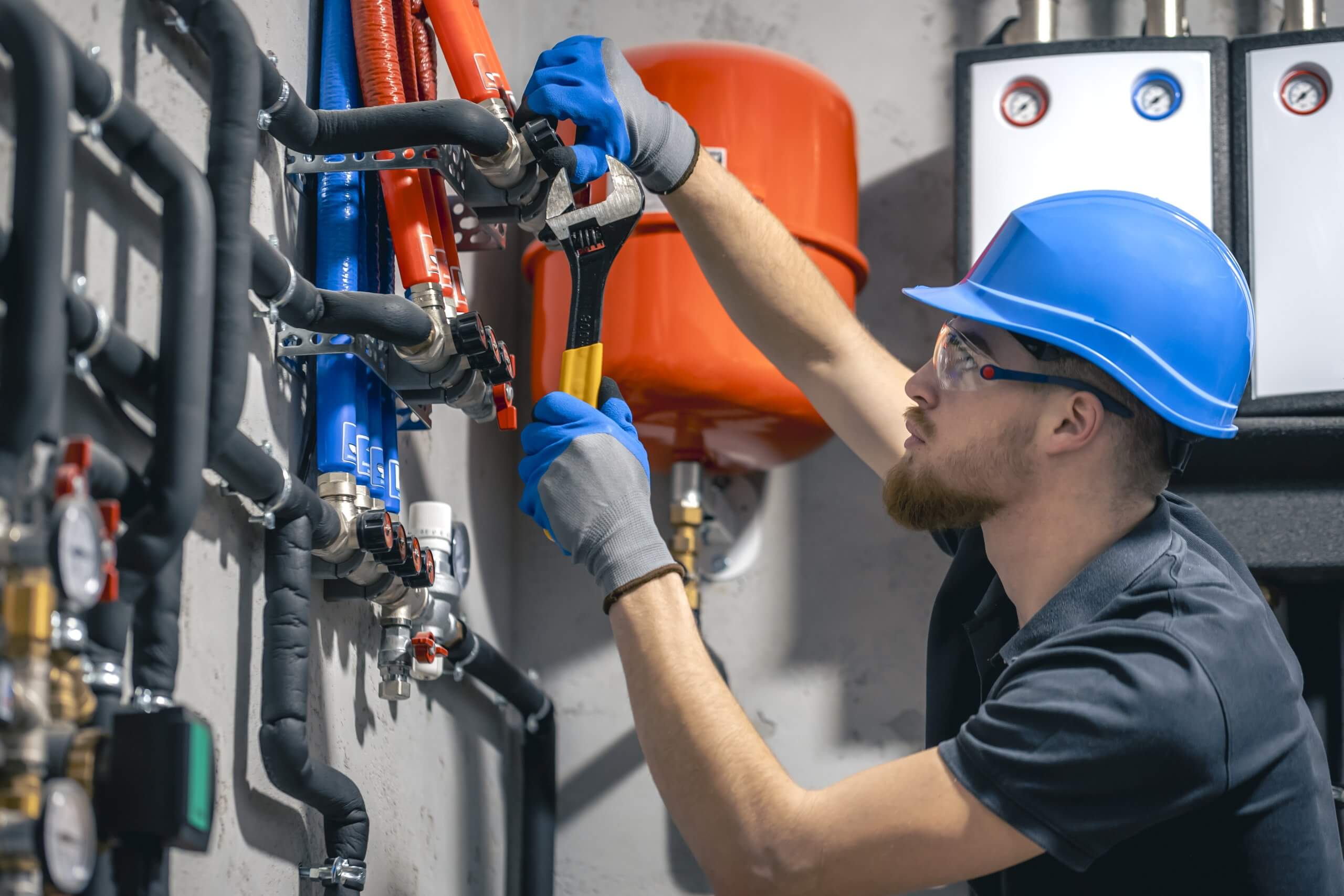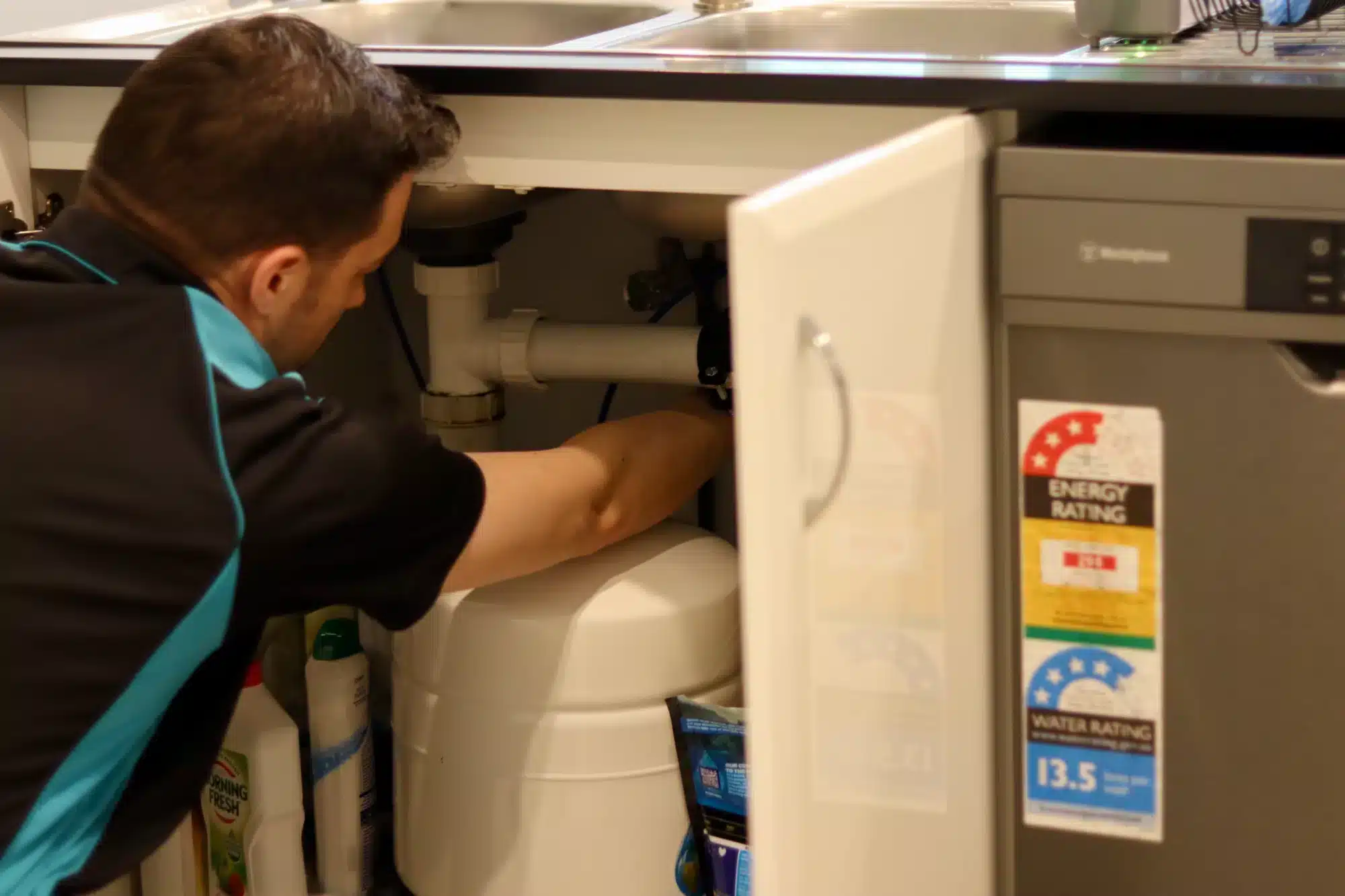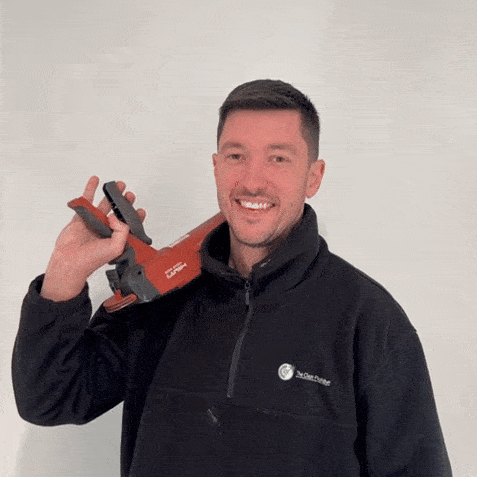Whether you’ve just moved into a new home, are planning a renovation, or considering switching to gas appliances, it’s essential to know if your home is connected to the gas network. In Australia, natural gas appliances are popular and natural gas is a cost-effective energy source—but not every home is connected, and availability varies by location. This guide will walk you through how to check your gas connection status and understand the gas service line, what steps to take next.
Why It’s Important to Know Your Gas Connection Status
Understanding whether your property is connected to the gas network and the process of getting gas to your home is important for several reasons:
Safety:
Before carrying out any renovations or digging around your property, you’ll need to know where gas lines are located to avoid accidents before making a new connection request .
Energy Planning:
If you’re considering switching from electric to gas appliances—like a hot water system, stove, or cooking heater—you’ll need to confirm if your home has access to the gas service line as part of the gas connection process .
Billing:
Sometimes, gas charges appear on your energy bill even if you’re not actively using it. Knowing your connection status can help clarify these costs.
Renovations or Upgrades:
If you’re planning to modernise your kitchen, laundry, or heating system, it’s crucial to know whether gas mains are already available or needs to be installed.
Signs Your Property May Already Be Connected
Before calling your provider, there are a few simple things you can do to check how to find out if gas is connected to house and understand the connection process:
Look for a gas meter:
Typically located outside the home, often along a side wall or near a suitable location on the property boundary. It usually has dials or a digital display and may be housed in a metal or plastic box.
Check inside for gas appliances:
Built-in gas cooktops, ovens, gas heaters, and continuous flow hot water systems may indicate a connection with gas pipes.
Inspect visible pipework:
Copper or steel piping running to your appliances could suggest gas connectivity and should be reported to your gas provider .
Examine your utility bills:
If you’re being charged for a gas supply service—even a small fee—this usually means your property is connected, and you can track any changes even if you’re not currently using it.
How to Check with Your Gas Provider or Local Distributor
The most reliable way to confirm your gas connection status is to for example, you should contact your gas retailer or the local gas distribution company servicing your area and report any discrepancies .
Here’s how to go about it with your gas service line :
Find your energy retailer’s contact details:
This may be listed on your energy bill or available online for your existing home , for example, under the contact information section .
Provide your address:
Some providers, like Origin Energy, may also ask for your National Metering Identifier (NMI) or meter number, which can be found on previous bills or near the gas meter.
Ask about current or historical connection status:
Even if your home appears not to be connected, it may have been connected in the past and could be easily reactivated through the process .
If you’re unsure of your provider, Visit the Australian Energy Regulator (AER) website to find local gas distributors and licensed retailers in your region.
Using Online Tools or Government Resources
Some Australian states and energy networks provide online tools or government portals that allow you to check service line utility connections by site address.
NSW:
Ausgrid and Jemena offer property look-up tools to confirm electricity and gas availability.
Victoria:
Visit the Australian Energy Regulator website or check with distributors like Multinet Gas or AusNet Services.
Queensland and SA:
Providers like APA Group and Australian Gas Networks often have region-specific lookup tools.
Western Australia:
ATCO manages much of the gas distribution and provides customer support for connection queries related to gas to your home .
You can also search your local state government’s energy website or use comparison services like Energy Made Easy (by the Australian Government) to explore options.
What to Do If Your House Isn’t Connected to Gas
If you’ve confirmed your property isn’t currently connected to mains gas, you can still apply for a connection request through your preferred energy retailer —depending on availability in your area.
Steps to Connect to Gas:
Check gas availability:
Contact the local gas distributor or use online postcode checkers to confirm mains gas is offered in your street or suburb.
Request a quote or site assessment:
The gas distributor will assess your property and give a quote based on installation complexity and distance from the nearest gas line.
Apply for connection:
If feasible, you’ll need to lodge a formal application through your chosen energy retailer or directly with the distributor.
Hire a licensed gas fitter:
Once the connection is established, a licensed professional must install or reconnect internal gas appliances to complete the installation and certify the system for use.
Tip: In some new housing developments, the builder may arrange the initial connection for cooking during construction.
Can You Connect to Gas If You’re Using LPG?
Many rural and regional properties in Australia rely on LPG (liquefied petroleum gas) because mains gas isn’t available, you might not enjoy natural gas .
Key Differences Between LPG and Mains Gas:
LPG comes in refillable cylinders and must be manually replaced or refilled.
Main gas is delivered via underground pipelines and billed per usage.
You can switch from LPG to natural gas and install the gas in your new home f a mains gas supply becomes available in your area—but:
Appliances must be compatible or professionally converted.
Pipework and regulators may need to be replaced.
It may only be worthwhile in areas where mains gas is reliable and cost-effective.
When to Involve a Licensed Gas Fitter
Any work involving gas—be it installation, disconnection, appliance conversion, or inspection—must be done by an efficient licensed gas fitter in Australia.
Here’s when to call a professional:
- Installing a new gas line or appliance
- Upgrading or converting from LPG to natural gas
- Restoring a disused gas connection
- Inspecting your system for safety compliance
- Dealing with gas leaks or low pressure
Legal Note: In all states and territories, it’s illegal to carry out gasfitting work without proper licensing. Always ask for the technician’s licence number and ensure they issue a Certificate of Compliance after the gas contractor completes the job.
Frequently Asked Questions (FAQs)
How do I know if gas is on in my house?
Check your natural gas meter—if the display is moving while gas appliances are in use, it’s active. You can also confirm via your energy retailer.
How do you find out if there is a gas line near me?
Contact your local gas distributor or use an online availability checker tool with your address or postcode.
How can I detect gas in my house?
A distinct sulphur or rotten egg smell often indicates a gas leak. If you suspect a leak, turn off the gas supply immediately, open windows, and call a licensed gas fitter or emergency service.
Does my property have a natural gas connection?
Check for a gas meter, visible gas appliances, or contact your energy provider with your address to confirm.
How is gas connected to a house?
Mains gas is delivered through underground pipelines to a gas meter outside the home, then routed via internal piping to gas appliances.
How do I get gas in my new house?
If not already connected, contact a local distributor or energy retailer to request a connection and arrange for installation of a new meter by a gas fitter.
How to connect home gas?
Begin by checking availability in your area, apply for a connection, pay for the service and engage a licensed professional to complete internal fittings and appliance installation.
How much does it cost to run a gas line around a house?
Costs vary depending on pipe length, accessibility, and appliance requirements for business . Expect anywhere from $500 to $2,000+ for full natural gas home installations.





